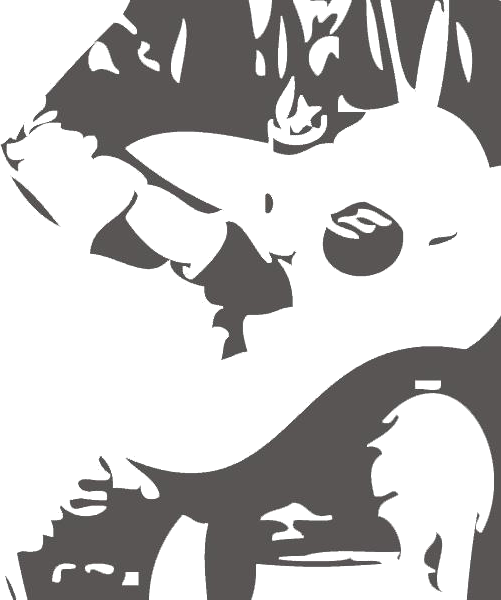Dobro Model M35 1940 | SOLD | v2112) The steel-body, 'fiddle-edge' Model M35 Dobro first appeared in the mid-thirties with the depression in full swing. The M35 lasted until 1940, done in by the effects of the depression and the rise of the electric guitar. Consequently, these fiddle-edged tone monsters are quite rare in the market today, and are sought out by old-time and blues players for their 'high and lonesome' tone when played in Spanish tuning or with a slide in open tuning.
The 'fiddle-edge' body joint was conceived by John Dopyera after noting the crimped edges on some metal boxes. Applying this technology to the construction of a guitar body resulted in a much stronger joint than the typical soldered joints found in National guitars. These crimped edges led to the nickname 'fiddle-edge'.
The body is constructed of steel, featuring segmented f-holes and a yellow-brown sunburst paint. The cone is the inverted Dobro type featuring the cast aluminum 'spider bridge'. The neck is maple and bound in white celluloid and topped with what looks like a red bean finger board. The head stock features a gold-sparkle overlay and the DOBRO decal. The tailpiece and cone are original, the tuners are period-appropriate replacements with new buttons which match color and shape of the original buttons.
The body measures 14 1/2" across at the lower bout, and scale length is 25". The finger board is radiused and measures 1 3/4" across at the nut with string spacing 2 3/8" across at the saddle. Action is set at 6/64".
The guitar appears to be original but for the tuners, one tuner bushing and the nut, and is missing its original pick guard. The paint is intact but shows chips and wear from age and use. The neck is straight with playing wear to the finish on back in the first position. The cone is unmolested and structurally sound. The frets show only the slightest bit of wear in the first position.
The guitar plays well and produces the high and lonesome Dobro sound. It's especially resonant when played with a slide and thumb pick. A really fun blues guitar.
Comes in a newer hard case.
Check out the demo for both slide and Spanish tunings!
The 'fiddle-edge' body joint was conceived by John Dopyera after noting the crimped edges on some metal boxes. Applying this technology to the construction of a guitar body resulted in a much stronger joint than the typical soldered joints found in National guitars. These crimped edges led to the nickname 'fiddle-edge'.
The body is constructed of steel, featuring segmented f-holes and a yellow-brown sunburst paint. The cone is the inverted Dobro type featuring the cast aluminum 'spider bridge'. The neck is maple and bound in white celluloid and topped with what looks like a red bean finger board. The head stock features a gold-sparkle overlay and the DOBRO decal. The tailpiece and cone are original, the tuners are period-appropriate replacements with new buttons which match color and shape of the original buttons.
The body measures 14 1/2" across at the lower bout, and scale length is 25". The finger board is radiused and measures 1 3/4" across at the nut with string spacing 2 3/8" across at the saddle. Action is set at 6/64".
The guitar appears to be original but for the tuners, one tuner bushing and the nut, and is missing its original pick guard. The paint is intact but shows chips and wear from age and use. The neck is straight with playing wear to the finish on back in the first position. The cone is unmolested and structurally sound. The frets show only the slightest bit of wear in the first position.
The guitar plays well and produces the high and lonesome Dobro sound. It's especially resonant when played with a slide and thumb pick. A really fun blues guitar.
Comes in a newer hard case.
Check out the demo for both slide and Spanish tunings!













